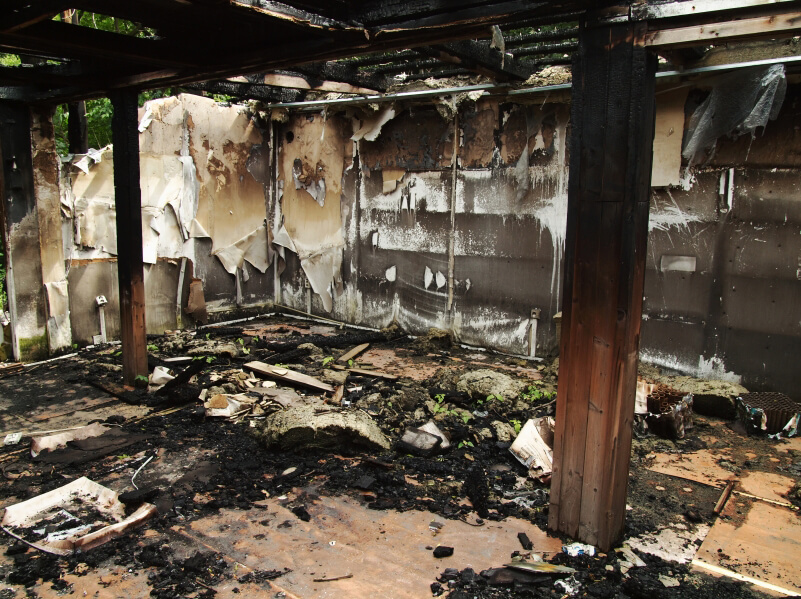Following a fire to a structure, numerous steps need to be taken before a building can be repaired and eventually reoccupied. First and foremost, safety must be considered. Throughout Canada, requirements have been established for structural assessments to ensure safe entry to a building following a fire in order to investigate the cause, document and quantify the loss, develop repair plans and retrieve contents. In some locations, a structural engineer’s assessment and recommendations are necessary before the fire investigation can even proceed. The timing of these assessments is crucial to allow the fire investigation to be conducted as soon as possible after the incident. Our structural engineers and fire investigators often work together to ensure timely documentation and assessments are completed.

If structural members are significantly affected by the fire, a preliminary safety assessment should be done by a structural engineer licensed in the jurisdiction. This should include an assessment of the building, a review of all damaged structural elements and recommendations to make the building safe to enter. These recommendations can include, but are not limited to, temporary shoring, partial demolition, or snow removal from the roof. In many cases, an engineer can assist in establishing measures to allow for safe entry. In extreme cases, an engineer may determine that safe entry cannot be accommodated and the structure must be demolished. These recommendations can be communicated verbally and then followed up with written instructions including drawings/sketches.
Following the preliminary structural assessment, further remediation work can begin. Fire and explosion investigators and restoration contractors, along with appraisers, can examine the loss from their perspectives. Often, following the removal of debris and damaged finishes, further assessment and detailed repair recommendations by a structural engineer are required. Ideally, this occurs once the restoration contractor exposes all affected structural elements, and any shoring or other safety issues have been addressed.
Typically, a foundation assessment cannot be completed until all debris and any finishes concealing the foundation are removed. However, there can be reasons to have an engineer on-site between the initial safety phase and the removal of all finishes. These include establishing preliminary recommendations to allow for initial cost estimates and remediation planning as well as addressing contractor questions if unusual circumstances are discovered.
In cases of simple repairs or in situations where an entire structure must be removed and reconstructed, detailed repair recommendations can be provided in written format. Alternatively, if partial repairs to a structure are needed, CEP Forensic can provide drawings as required for repairs/permitting, support during the permit application process (in conjunction with the contractor) and on-site support/inspections during repairs.
The permitting authority may require an inspection and sign off the completed work to close the permit and allow occupancy in a repaired structure. The permit requirements must be understood and complied with prior to the installation of finishes, to ensure a structural evaluation of components before they are concealed.
As each fire-related file may have different requirements, depending on the loss and local requirements set forth by the province or municipality, CEP Forensic can assist you in determining the specific structural requirements on each file, from coast to coast.
